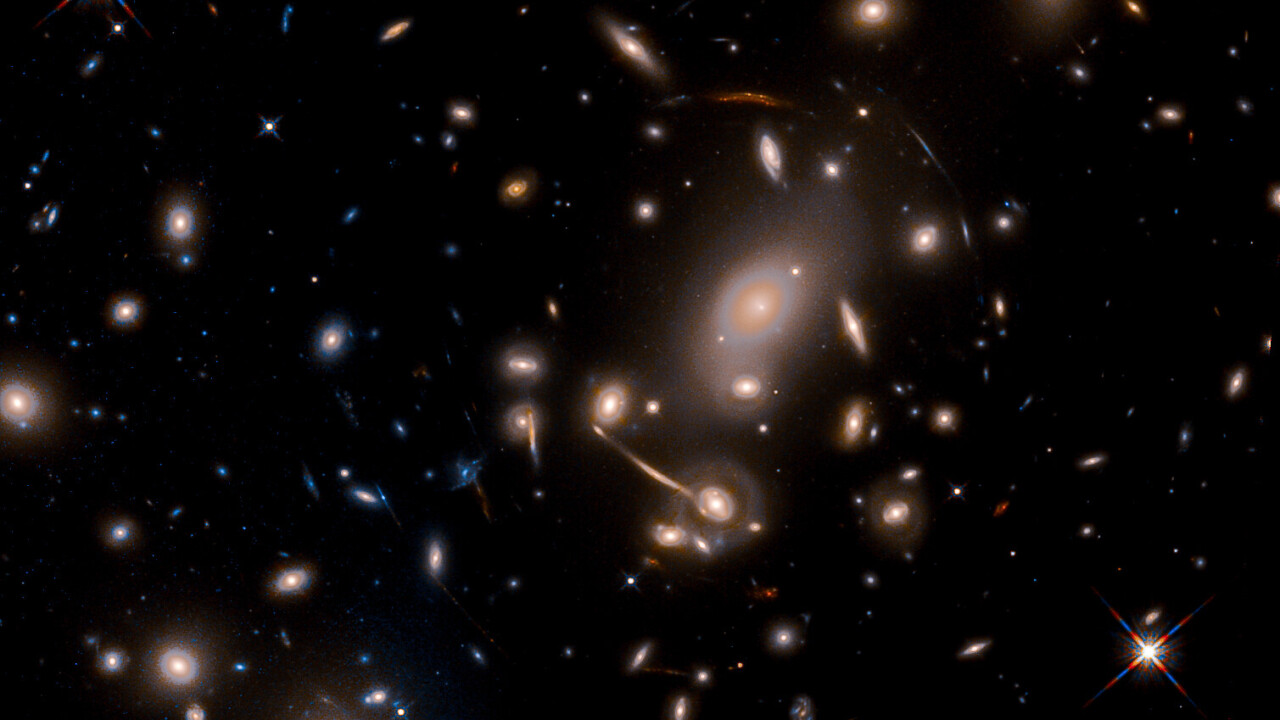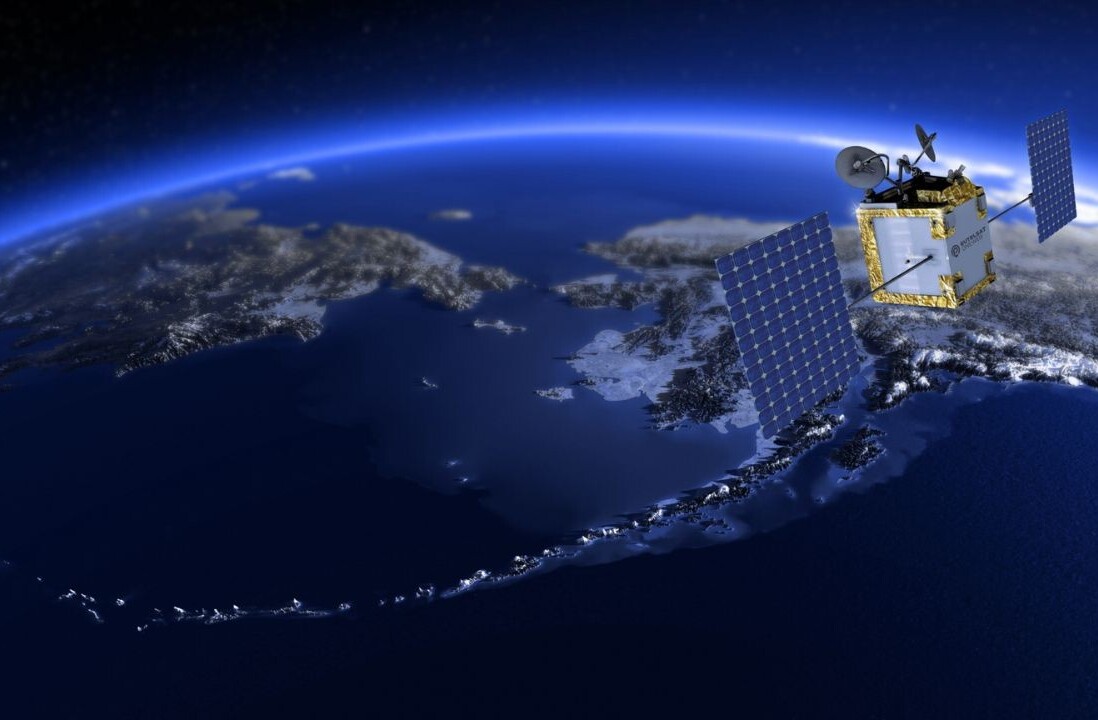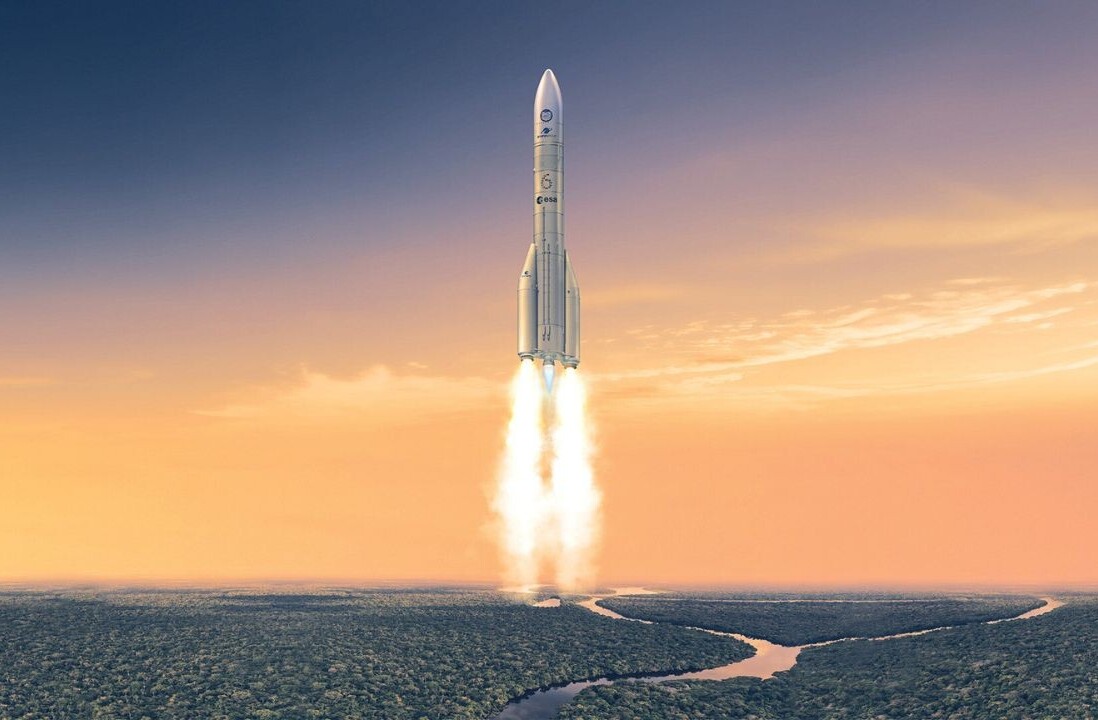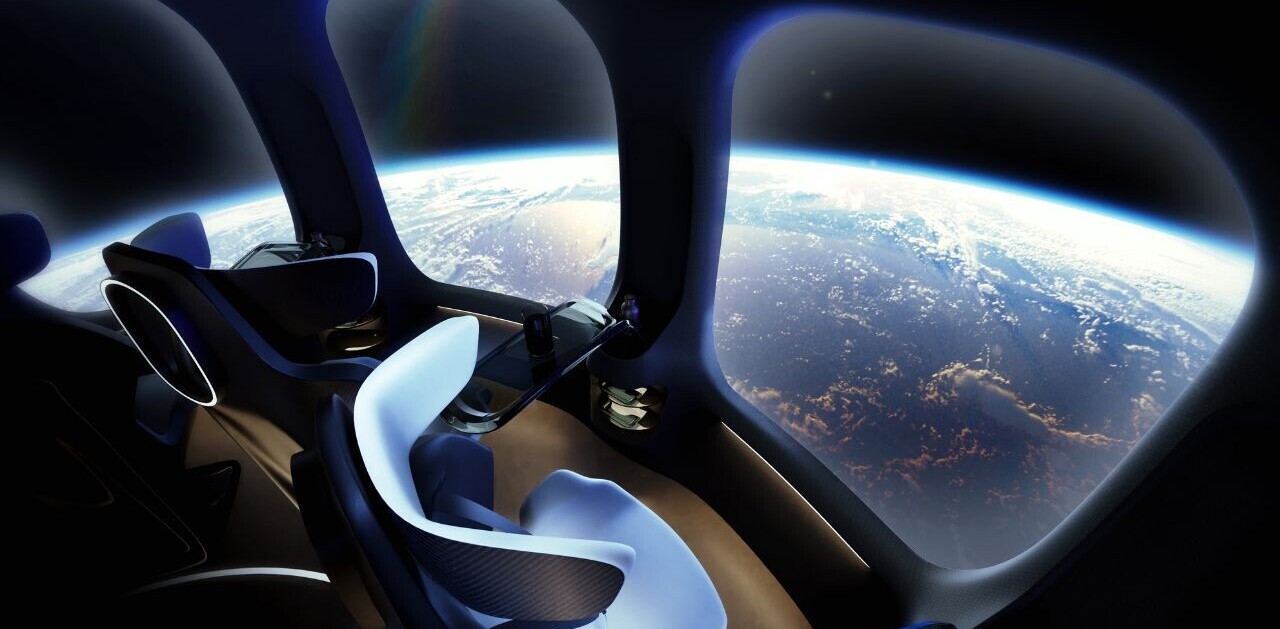AI has identified more than 1,200 new possible gravitational lenses, which could help unravel the mysteries of dark matter.
The lenses are formed when a vast amount of matter — like a cluster of galaxies — bends the direction of light traveling from more distant galaxies. The lenses then typically appear as arcs and streaks.
These images can help scientists infer the existence of dark matter — which the naked eye can’t see — by observing its gravitational effects on the visible matter.
Unfortunately, they’re seriously hard to spot.
“Only when a galaxy is hidden directly behind a giant galaxy is a lens possible to see,” said Xiaosheng Huang from the University of San Francisco, the study lead author. “When we started this project in 2018, there were only about 300 confirmed strong lenses.”
[Read: How much does it cost to buy, own, and run an EV? It’s not as much as you think]
The researchers tried to increase the number by using deep residual neural networks to scan survey data.
They first trained the model on 632 observed lenses and lens candidates, as well as 21,000 non-lenses.
They then applied the neural networks to a giant map of the sky called the DESI Legacy Imaging Surveys.
The system detected 1,210 new candidate lenses — more than double the number of known gravitational lenses. Their discovery could help astronomers learn more about the mysterious dark matter.
“I really thought it would be many years before anyone would find this many gravitational lenses,” said David Schlegel, a senior physicist at Berkeley Lab who participated in this study.
“It’s just amazing to know that you’re seeing, very clearly, space itself being warped by a massive object.”
You can read the study paper on the pre-print server arXiv.
HT – Futurism
Get the TNW newsletter
Get the most important tech news in your inbox each week.






